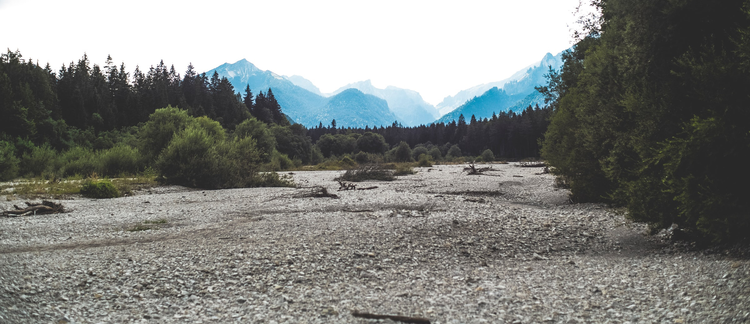Abstract
This paper examines coordinated community responses to the deployment of controversial technologies by broccoli plantations in Cotopaxi province in Ecuador's central highlands. It studies the influence of enduring structures of inequality that delimit the distribution of land and water in the region – the effects of what Ann Stoler calls imperial debris within ongoing processes of ruination. It considers the socioecological struggles mobilized to address these processes in terms of resource sovereignties – shifting assemblages of rights and relations between land, identity, ecology and social justice. The technologies in question – acetylene 'cannons' designed to disperse clouds and thus prevent damage to crops from hailstones – were locally disruptive to weather patterns, agriculture, and everyday life. In collaboration with the regional offices of Ecuador's national Indigenous Movement, affected communities from across the region campaigned – in the streets and in the courts, and ultimately with some success – to outlaw these technologies of appropriation. Although the initial case was settled in 2010, new suspicions emerged in early 2016 as some community members again blamed the plantations for an unseasonable drought, alleging they had found new technologies to use in the destruction of clouds. Reading the cannons as forms of rubble (Gordillo 2014) focuses our attention on how and why these abandoned technologies re-emerged as a source of conflict in the region and exerted unexpected influence on responses to drought conditions. I suggest these claims, counterclaims and subsequent struggles not only reveal the persistence of processes of ruination and of resistance to them but also expose the fragility within apparently immutable political systems and destructive landscapes.
Keywords: environment, Ecuador, technology, ruination, rubble, water
How to Cite:
Partridge, T., (2017) “Resisting ruination: resource sovereignties and socioecological struggles in Cotopaxi, Ecuador”, Journal of Political Ecology 24(1), 763-776. doi: https://doi.org/10.2458/v24i1.20965
Downloads:
Download PDF
View PDF
2097 Views
543 Downloads

